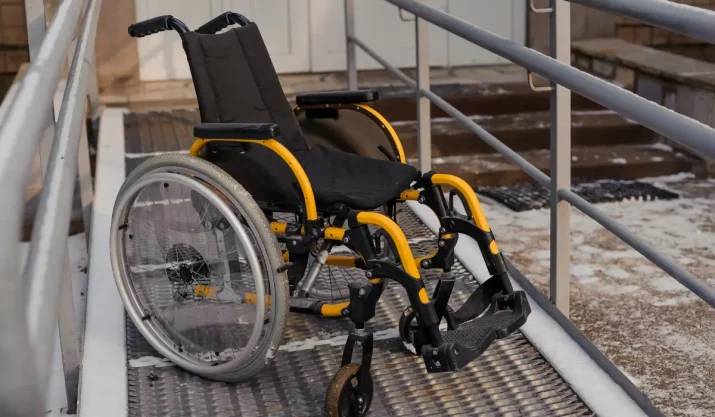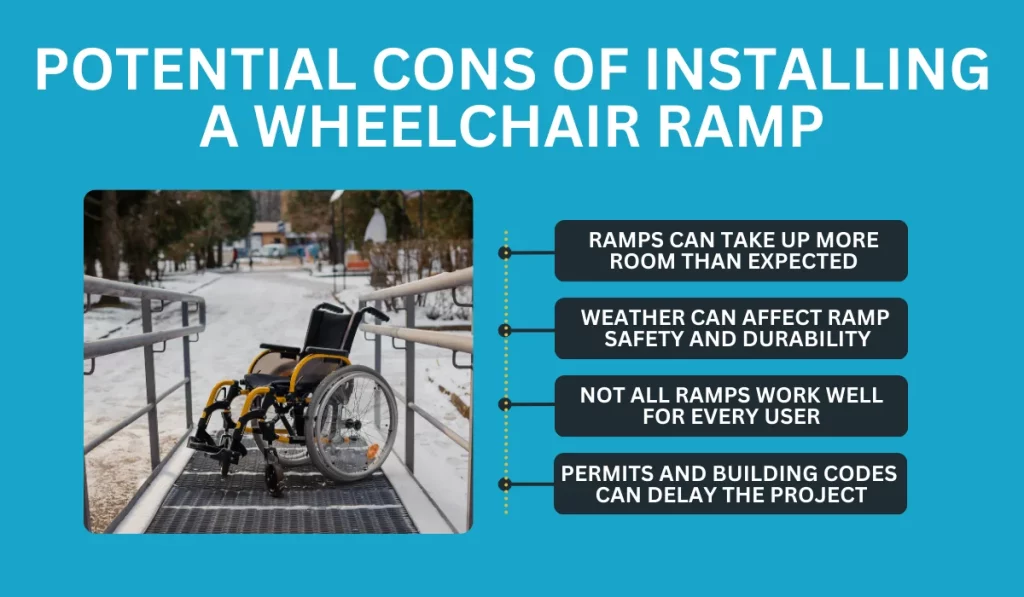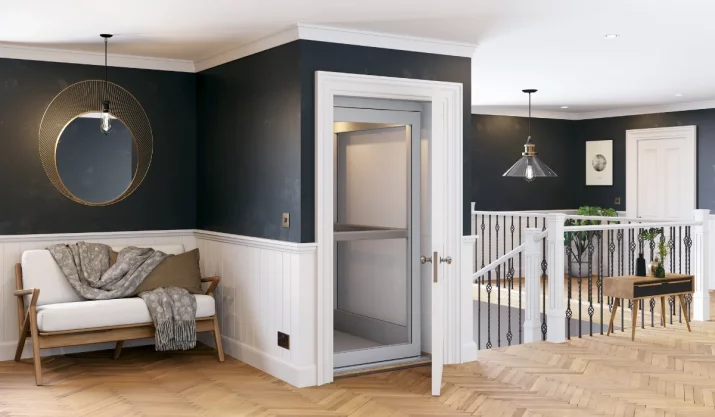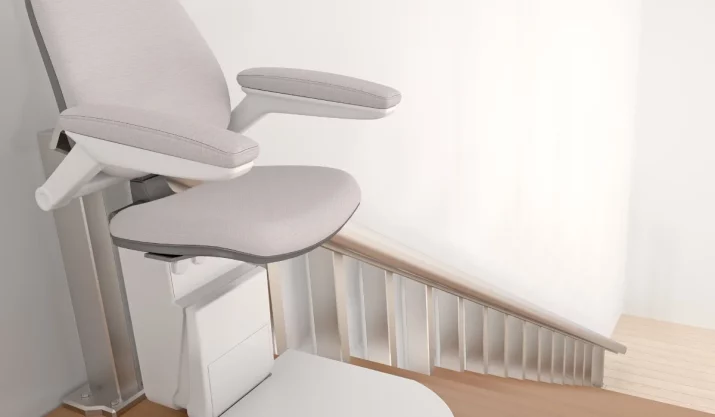Understanding the Pros & Cons of Wheelchair Ramps Before Installation

Table of Contents
If you or your loved one uses a wheelchair or another mobility device, adding a ramp at home can make a big difference. Wheelchair ramps improve accessibility, making it easier and safer to get in and out of your house. But like any home improvement, they come with both benefits and drawbacks.
Before you move forward with a ramp installation, it’s a good idea to understand the pros and cons. In this article, we’ll walk you through what you need to know.
Key Takeaways
- A wheelchair ramp can improve accessibility, but might not suit every home, space, or user’s unique needs.
- Some ramps take up space, need permits, or might not match your home’s style or layout.
- A well-chosen ramp supports daily safety, independence, and works with different mobility devices and budgets.
- Companies like California Mobility can help you choose the right ramp or lift to make your home safer and easier.
Pros of Installing a Wheelchair Ramp

When chosen with care, wheelchair ramps can do a lot more than help you get over steps. If you’re considering adding one to your home, here are some ways it can improve your daily life:
Makes Everyday Life Easier
Wheelchair ramps make it easier for wheelchair users and others with disabilities to get in and out of homes, over thresholds, or up curbs.
Whether you’re helping a loved one or using a wheelchair yourself, having a ramp can save time and effort every single day.
More Affordable Than Other Options
Compared to wheelchair lifts or vertical platform lifts, ramps are a more cost-effective choice. Portable wheelchair ramps or aluminum options are often cheaper and don’t require major home changes.
This makes them a smart option for homeowners on a budget or those looking for temporary solutions.
Helps You Stay Independent
If you want to age in place or reduce your need for help, ramps are a great option. A ramp allows people to enter and exit the home safely without asking for assistance.
It can also help prevent personal injury caused by stairs or uneven thresholds.
Fits a Wide Range of Mobility Devices
There’s a ramp for almost every situation. Modular ramps, for example, can be adjusted to fit manual wheelchairs, power wheelchairs, scooters, and walkers.
Choosing the right type of ramp based on the weight capacity and space available ensures the best functionality.
Quick Setup and Less Construction
Many portable or modular ramps don’t need any heavy construction or permanent changes to your home. Some can be installed in just a few hours.
If you’re renting or plan to move, you can also remove these ramps easily.
Potential Cons of Installing a Wheelchair Ramp

Before you move forward, it’s important to know what challenges you might run into after installation.
When weighing your options, here are some things to think about:
Ramps Can Take Up More Room Than Expected
One of the first things many homeowners notice is how much space a ramp actually needs. The Americans with Disabilities Act (ADA) says that for every inch of height, you need at least 12 inches of ramp. That means even a 24-inch rise will need a ramp that’s 24 feet long.
If you’re working with a small yard or tight space, a ramp might not fit without major changes.
Weather Can Affect Ramp Safety and Durability
Wheelchair ramps—especially wooden ramps—don’t always hold up well in harsh weather conditions. Rain, sun, or snow can cause the ramp’s surface to wear down or become slippery.
Some materials, like aluminum ramps, handle weather better, but even these may need slip-resistant coatings or treatments to stay safe.
Regular maintenance is key, and not everyone is ready for that kind of upkeep.
Not All Ramps Work Well for Every User
The type of ramp you choose needs to match the user’s needs.
- Long ramps can be hard for manual wheelchair users to manage on their own.
- Steep ramps may feel unsafe, even for those using power wheelchairs or scooters.
If the ramp’s steepness, weight capacity, or width doesn’t fit the user or their mobility device, the ramp could do more harm than good.
Permits and Building Codes Can Delay the Project
In California, most permanent ramps need to follow local building codes. Some cities also require a permit for ramp installation. That means extra time, paperwork, and possibly hiring a contractor, especially if you’re not comfortable with DIY projects.
Public buildings must also meet ADA standards, which include specific rules for handrails, steepness, and other safety features.
Want to Make Your Home Safer and More Accessible?
At California Mobility, we know that not every ramp works for every home—or every person. That’s why we offer expert advice and customized ramp installation based on your needs. We install a wide range of wheelchair ramps, from wooden ramps to aluminum ramps, and we also provide home elevators, wheelchair lifts, and vertical platform lifts.
Ready to improve accessibility for yourself or a loved one?
Contact us today for a free consultation. We’ll help you find a ramp or mobility solution that’s safe, durable, and built to fit your life.








